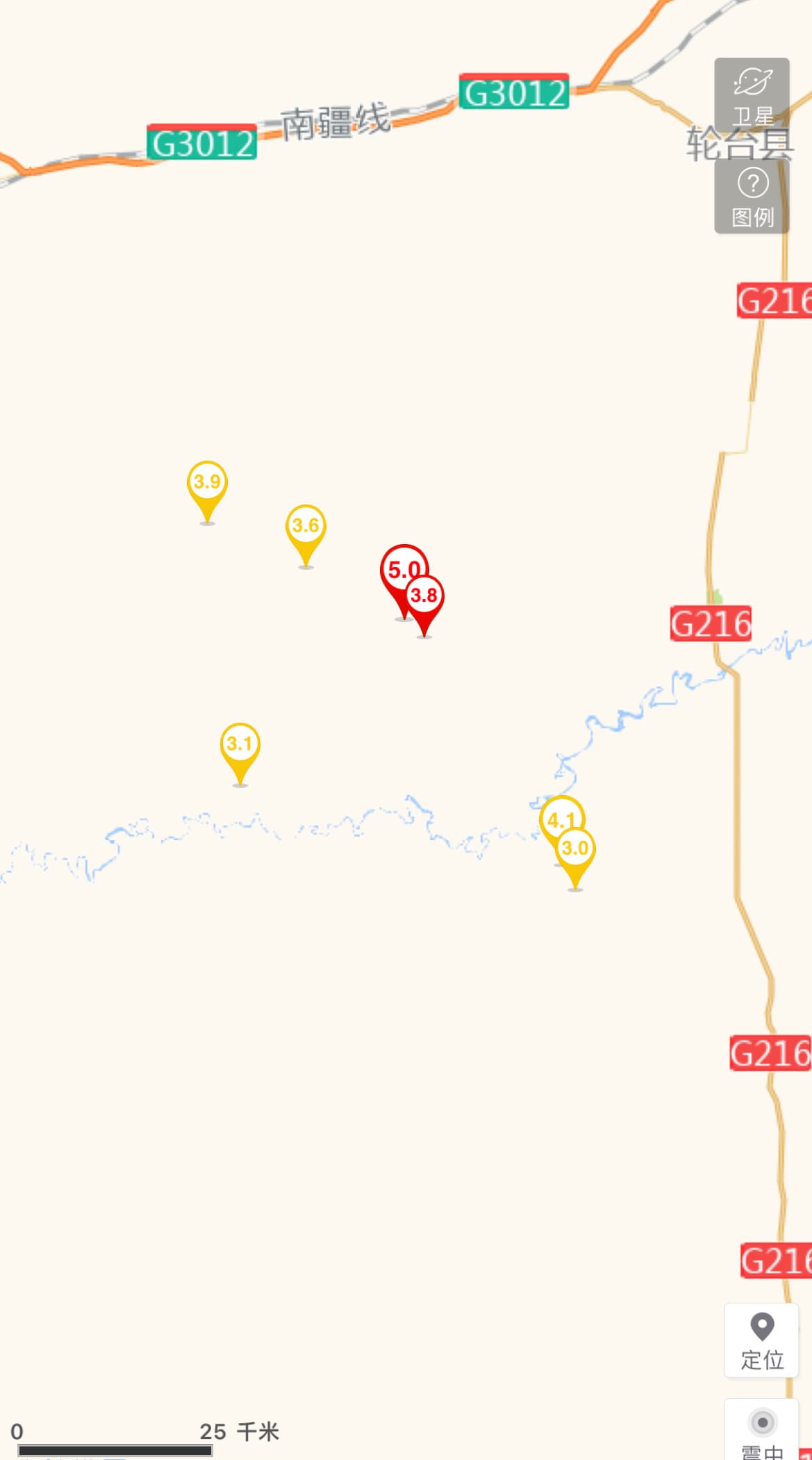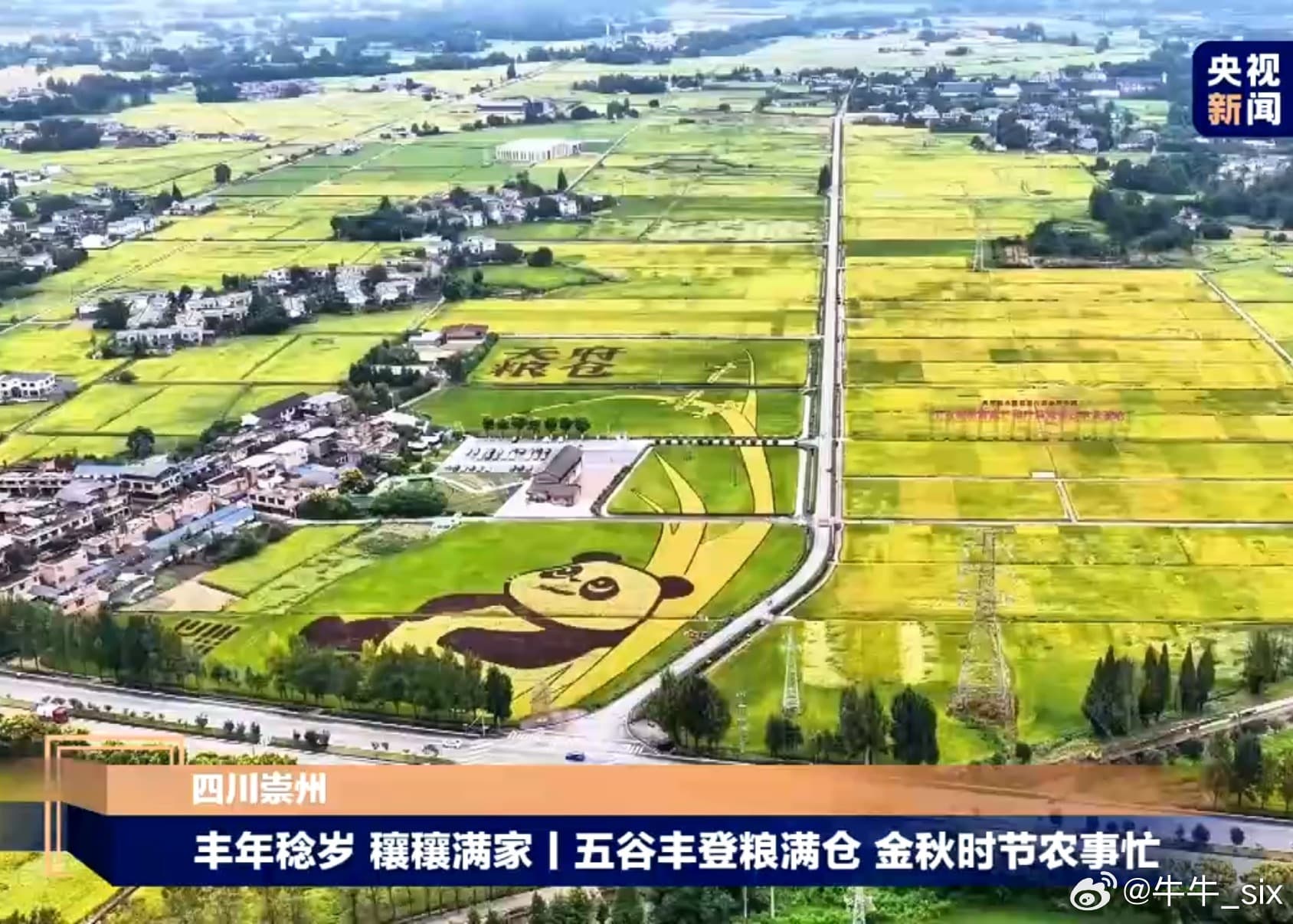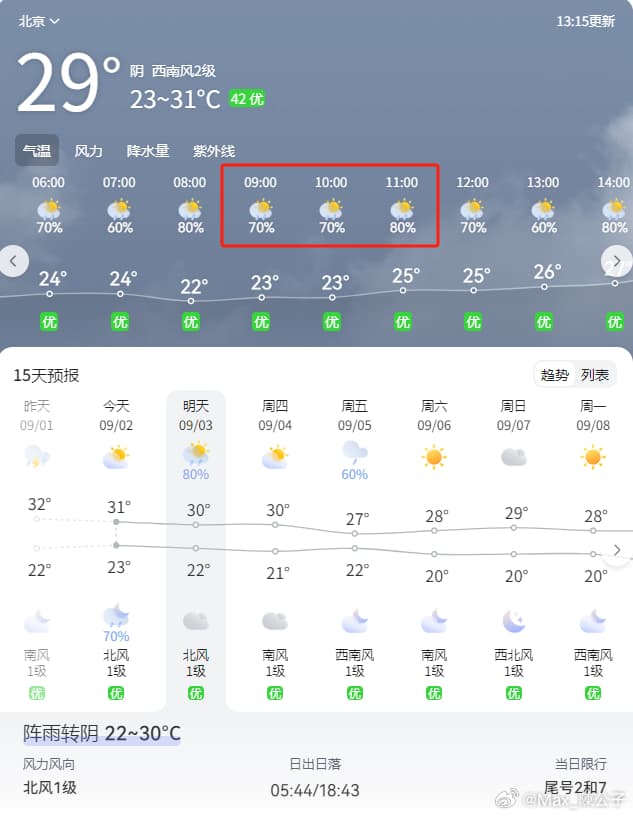5.0-Magnitude Earthquake Strikes Xinjiang, China, with Minimal Damage Reported
A 5.0-magnitude earthquake struck Kuche City in the Aksu region of Xinjiang, China, at 7:42 am local time on February 5. The epicenter of the earthquake was located at 41.23 degrees north latitude and 83.74 degrees east longitude, with a focal depth of 10 kilometers. As of the latest report, there have been no injuries or fatalities reported. The earthquake was also felt in other nearby cities, including Kuche City, Korla City, and Alar City.

5 February 2025
According to the China Earthquake Networks Center, the earthquake's epicenter was 13 kilometers away from the nearest town, Talamo, and 74 kilometers away from Luntai County. Within a 25-kilometer radius of the epicenter, there have been 181 earthquakes with a magnitude of 2.0 or higher, with the largest being 5.6 magnitude. Among these, 170 were between 3.0 and 4.0 magnitude, 7 were between 4.0 and 5.0 magnitude, and 4 were above 5.0 magnitude.
The Aksu region's fire rescue team dispatched a team of 20 people in 4 vehicles to investigate the disaster area. The Xinjiang Uygur Autonomous Region's Emergency Management Department reported that, after two rounds of preliminary investigations, the communication, power supply, transportation, and key facilities in the surrounding areas were functioning normally, and no reports of casualties or property damage had been received.

The earthquake has raised questions about its underlying causes, as Xinjiang is known for its unique geography, characterized by complex orogenic belts and fault systems shaped by the collision between the Indian and Eurasian tectonic plates. However, the epicenter of this earthquake was located within the Tarim Basin, a relatively stable block that has been relatively unchanged since the Proterozoic era, lacking active faults that could typically lead to significant earthquakes. The local area has been experiencing a series of seismic activities since the end of 2023, suggesting a possible seismic cluster or sequence.
Fortunately, the earthquake's epicenter was in a sparsely populated desert area along the Tarim River, which minimized the potential impact and risk to human life and property. Understanding the precise mechanisms behind this earthquake will require further geological and seismological analysis, including the examination of fault lines, tectonic stresses, and the overall seismic history of the region.
The earthquake has had a relatively minimal impact on the local population and infrastructure. As of the latest reports, there have been no casualties or injuries reported, and the local authorities have confirmed that the communication, power supply, transportation, and key facilities in the affected areas are functioning normally. The local government has activated its emergency response plan, and rescue teams are on standby to respond to any potential emergencies.
In conclusion, the 5.0-magnitude earthquake that struck Kuche City in Xinjiang's Aksu Prefecture on February 5 has fortunately not resulted in any reported casualties or property damage. The fact that the earthquake occurred in the Tarim Basin, a relatively stable geological region, has raised questions about the underlying causes of the earthquake. Looking ahead, it is crucial for the authorities to continue monitoring the seismic activity in the region and take necessary precautions to mitigate the risks associated with earthquakes. The Chinese government has made significant strides in earthquake preparedness and disaster relief in recent years, and it is essential to continue investing in these efforts to protect the lives and property of citizens. Ultimately, the 5.0-magnitude earthquake in Xinjiang serves as a reminder of the importance of earthquake preparedness and the need for continued investment in seismic research and disaster relief efforts.
Comments

Share this article
Related Articles

Xi Jinping Elevates Cybersecurity to Core National‑Security Pillar, Driving China’s Quest for a Cyber Superpower
By Trending on Weibo
News & Politics
15 Sept 2025

Luo Yonghao vs. Xibei: Celebrity Entrepreneur Sparks Media Storm Over Pre‑Made Dishes and Calls for Transparency
By Trending on Weibo
News & Politics
15 Sept 2025

Weibo Celebrates Autumn Harvest as China’s Fields Become the Nation’s Most Beautiful Canvas
By Trending on Weibo
News & Politics
15 Sept 2025
China Enacts First Comprehensive Rental Regulations to Legalize and Stabilize the Rental Market
By Trending on Weibo
News & Politics
15 Sept 2025

Beijing’s Weather Emerges as a Barometer for China’s Climate Policies and Public Life
By Trending on Weibo
News & Politics
13 Sept 2025
